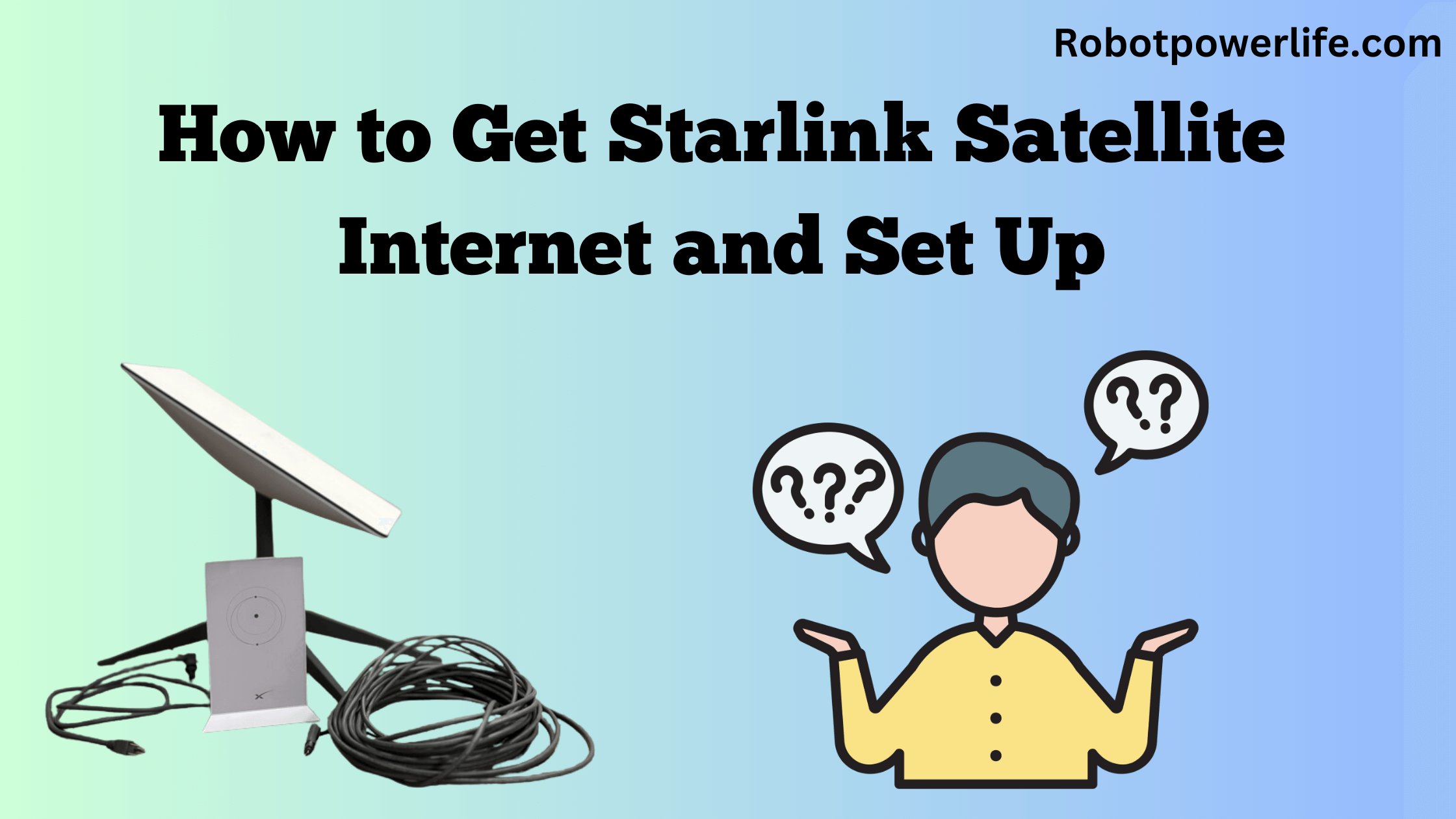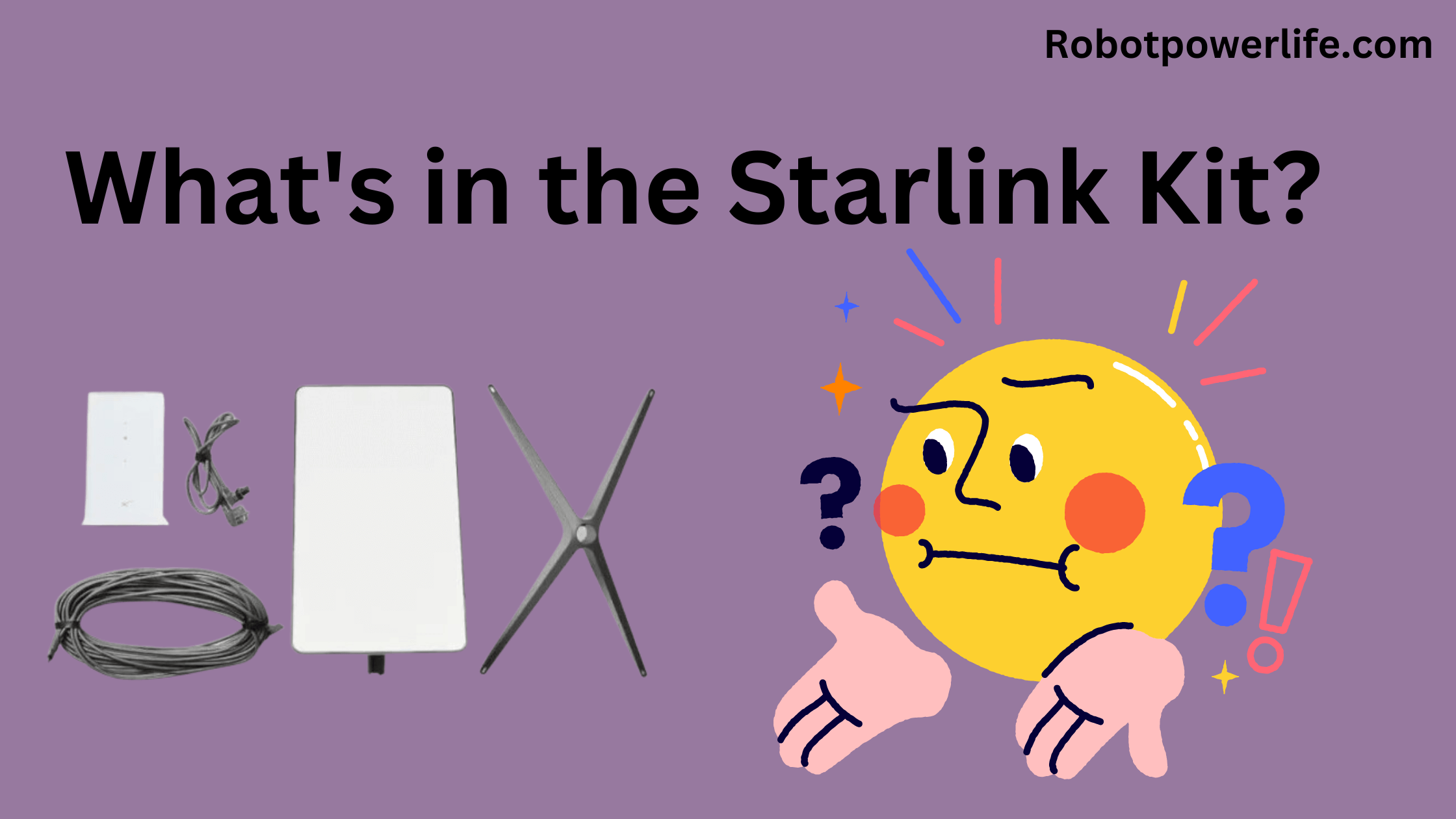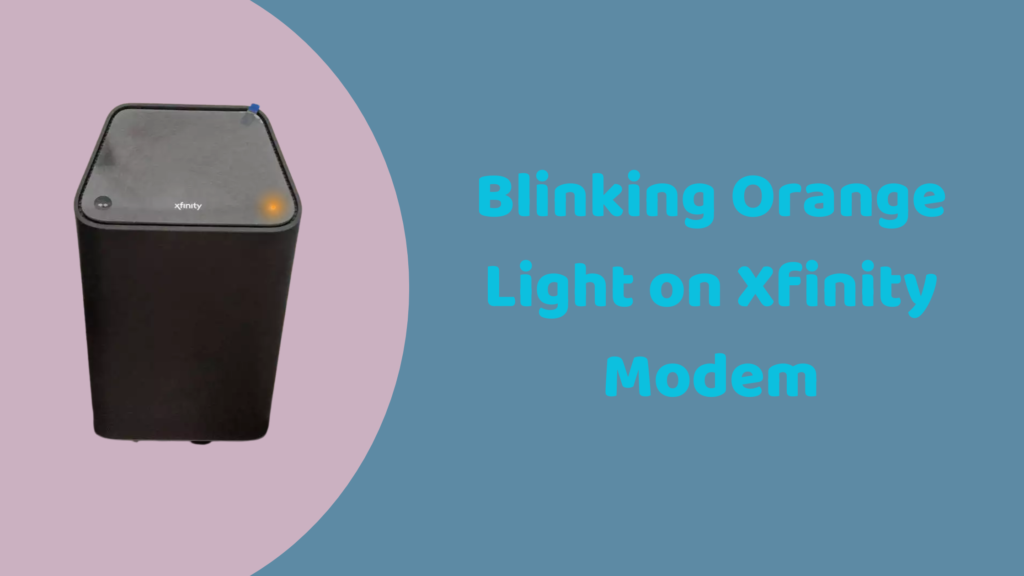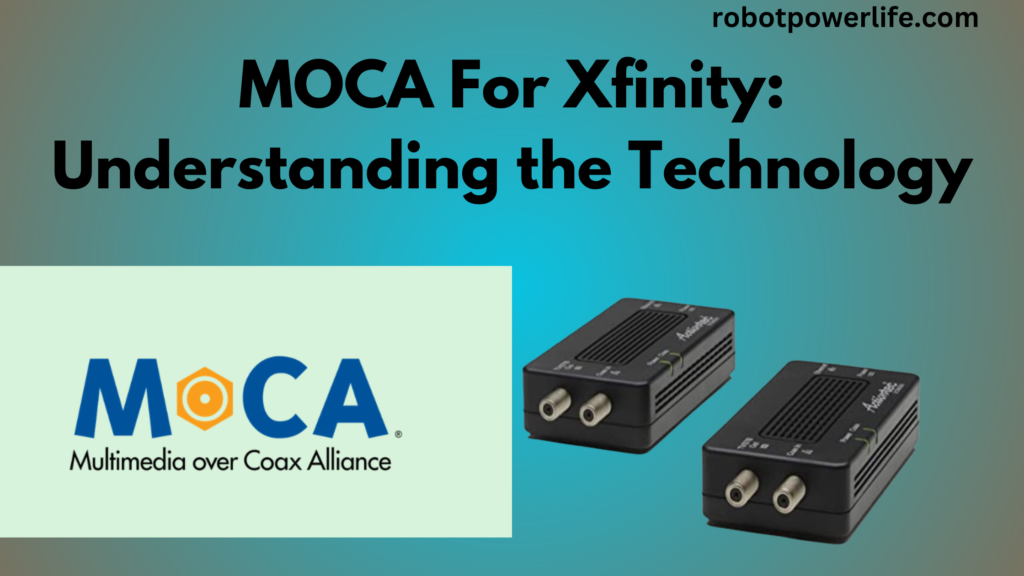Starlink, an internet service based on satellites, provides exceptional speeds almost everywhere. Here are the essential details and steps to get you going. We have explained in detail in this article How to Get Starlink Satellite Internet and Set Up. Which will help you in getting satellite internet.
Living in a rural area of the United States means that millions of people lack access to fiber or cable internet services, not to mention gigabit options that are available in certain regions of the nation. Consequently, a lot of people are forced to use DSL or a comparable service, which only offers connections that range from 25 to 40 Mbps.
The fact that 35% of Americans live in rural areas without access to high-speed internet has even been brought up by President Joe Biden. Furthermore, over a quarter of a million Americans still use dial-up connections, according to the US Census.
How to Get Starlink Satellite Internet
25Mbps is plenty for a couple to check social media and email, but it’s insufficient for 4K video streaming or online gaming. What happens if there are more than two internet-using members in your home? You still have to yell at your siblings to get off the phone so you can use your dial-up modem, so it’s not all that different from back then.
I encountered this exact issue when I recently relocated from a highly connected Utah city to a much more rural area in Idaho. However, there was more to it than that. I work remotely for one of the top tech review sites in the world, so my home connectivity needs go beyond basic activities like checking my email and occasionally watching YouTube videos.
Fortunately, Starlink, Elon Musk’s SpaceX satellite-based internet service, has recently entered the market as a substitute. It has been crucial to moving my tech-heavy lifestyle out of the city and into the country. With promises of 150Mbps speeds and incredibly easy installation.
Get Starlink
It’s easy to get Starlink for your house. It is as easy as entering your address into the SpaceX coverage map on Starlink.com to verify that your location is within the service area of the company before registering for the service.
It just takes a few minutes to sign up. All you have to do is enter your credit card number and physical address. When you sign up, you’ll learn whether your Starlink kit will arrive in the customary two weeks or if you’ll have to wait for an indeterminate length of time.
I had seen other Idaho users complaining about waiting weeks or months for their Starlink kit online. I went into the signup process fully expecting to be placed on a waitlist. However, I never had any delays and got my kit just two weeks after signing up.
The most difficult part of the entire process is obtaining the kit. After the initial signup, monthly billing is simple and done online. It is an automatic payment that you can set and forget. When the time comes to terminate your service. You can do so via the same online portal and avoid any early termination or cancellation penalties.
Cost of Starlink
Unlike when you sign up for a cable company. For example, you do not sign an equipment rental agreement when you sign up for Starlink. Rather, the Starlink hardware is purchased upfront. Although it costs $599 plus a $50 handling fee, it is comparatively expensive, but there is no ongoing equipment cost. You just pay for the services rendered.
This basic equipment kit was exclusively available through the Starlink website for a while. Bbut it is now available through Home Depot and Best Buy. The dish, router, stand, and cables are all included in the same package that you would receive through Starlink if you were to purchase locally. You also avoid having to wait for delivery and the $50 handling fee.
2023: Starlink’s service plans have undergone a minor makeover in recent months. A new tiered pricing structure that costs $90 in high-availability locations but $120 per month in most other areas is the result of the changes. The monthly plan increases to $150 for use within a single continent or $200 for use worldwide if you wish to use your dish while traveling in an RV or for similar purposes.
Monthly service fees apply for the duration of your service request. There isn’t a fixed term, so you can stop and resume as needed. The only caution when terminating service is that it might not be possible to resume when you decide to.
Before being granted access to the service, both new and existing accounts in a local area are put on a waitlist once a specific number of users is reached. Although you might not want to stop and start service given how quickly Starlink is expanding, it’s a way for SpaceX to avoid oversaturating an area with too many users to provide good service.
What’s in the Starlink Kit?
One Starlink dish, a dish mount, and a Wi-Fi router base unit are included in the Starlink kit. Which includes everything you need to get started. A 75-foot cable to connect the router to the dish and a power cable for the base unit is also included.
Longer cables, more mounting hardware, and adapters for connecting other equipment over standard Ethernet are among the extra accessories that Starlink offers.
A rather basic instruction sheet with only illustrations and no text (apart from the URL to Starlink support) is included in the box. However, you are not shown some of the fine details on this page. For instance, the mounting tripod’s dish mast clicks into place, but not before the cable needs to be threaded through and plugged into the dish mast.
The cable has two ends, each with a different-shaped plug but the same type of connector. This makes it quite easy to remember which end belongs in the base unit and which one in the dish. Because of their moisture-resistant seals, all of the plugs are meant to withstand bad weather.
Unboxing the Starlink Kit
The Starlink receiver dish, a mounting base, the Wi-Fi router, and a 75-foot cable connecting the dish and router should all be visible when you open the previously mentioned Starlink kit box.
I was given the current kit version, which is rectangular instead of round like the first generation. The dish uses a single connector cable to supply both data and power. So it doesn’t require the power cable that comes with the router.
The foundation for installing Starlink Internet throughout your house is the Starlink Wi-Fi router. Which is also the key to your new, fast internet connection. Using the same guidelines that apply to standard Wi-Fi router placement. You should be able to determine a good location for the router.
Two connections, one for power and the other for connecting to your Starlink dish, are located on the bottom. Ethernet ports are not present for wired connections. Additionally, the Starlink device only has a single glowing indicator that indicates whether the router is on, as opposed to the numerous glowing indicators found on a typical cable modem.
It’s located on the bottom of the device, close to the cable connection. So you can’t even see it from the front. To verify whether your Starlink system is online. You must use the companion smartphone app (available on both iOS and Android platforms).
Install Starlink
Put the Dish, Stand, and Cable Together
The dish and mounting base need to be assembled after you unpack your Starlink kit. First, disconnect the dish’s connection cable: To insert the dish mast into the mounting base. You must unplug it when it is delivered and plugged in.
The dish mast should then be inserted into the mounting base. Make sure the matching rail inside the mount and the groove on the mast are lined up.
The 75-foot connector cable with the straight plug connector is plugged in once the mast is in position. As previously mentioned, the two ends of the cable have differently shaped-connectors. So figuring out which end is which should be easy.
Make sure the cable connector is inserted all the way. A clear click should sound when the plug fits snugly into the socket.
I could easily carry and move the assembled dish and mount it around on my own.
Find the Right Position for the Dish
The assembled dish must be mounted and positioned for the most suitable satellite reception. Use the Starlink app to locate a good spot. It features an interactive tool that assists in determining and validating the ideal location for a new dish, and the instructions are fairly simple to comprehend.
A clear view of the sky is required, with at least 100 degrees of unobstructed space above and surrounding the dish. The reason for this is that the dish does not maintain a fixed orientation. Instead, it requires a wide open area of sky. The dish has a motor and will readjust to maintain a connection with passing satellites even though you only mount it in one location.
An open field, a rooftop, or another elevated structure (like a pole) that’s above obstacles like fences, buildings, and trees are a few suggestions for mounting locations.
Using the Starlink app, you can scan the dish’s viewing area with your phone’s camera. To view the screen and move the camera, you must point the camera toward the sky. Which may require some creative positioning on your part. The ideal location for the camera is at knee height or roughly the same position as the dish. The simplest method for me to accomplish this was to lie on the ground and scan the area with my phone raised.
You point the camera at the sky and then move the camera around the outside edges of the viewable area as the app guides you through the process. Within the dish’s field of view. The app indicates unscanned areas with green dots on the screen, and an easy-to-use arrow indicates the next area to scan.
The app takes some time to process the data after you’ve scanned a good enough portion of the sky. It tells you whether or not you can receive a clear reception from that position after a short while of computing numbers.
Mount the Dish
Now that you have scanned and verified your position, mount the dish. That means setting the dish mount on the ground for simple installations, like mine. However, you might not live in a neighborhood where you feel comfortable leaving your $600 dish outside, or you might not have as much open space as I do.
All four feet of the mounting base have holes for a secure screw-down fit. These can be used to stake the mount into the ground and fasten it to a roof or other specified structure. Screws and stakes are not included in the kit. You will need to get those separately.
Additionally, you may require an extra adapter based on the type of roofing material you have or if you intend to mount the dish on a pole, eaves, or gables. Once more, see which mounting choices might work best for you by consulting our guide to Starlink accessories.
The Starlink dish has a snow melt feature that detects freezing temperatures and warms up to melt any frozen obstacles on the surface if the weather, in particular ice and snow, worries you.
Run the Cable
- After positioning the dish, you must run the cable to the router. This usually entails bringing the cable inside your house. I just led the cable through an open window for my first setup. It’s a straightforward (and transient) fix, but it functions perfectly.
- Drilling a hole through a wall outside is another option. Starlink offers two types of accessories: one that goes around masonry or concrete to route cable through regular walls.
- All you have to do is plug the cable into the Wi-Fi router once it is inside your house.
- Use the 75-foot connector cable’s angular plug connection to accomplish this. (The Starlink store carries longer cables.) Once more, the unique shape of this plug connection should aid in its identification. It must simply be plugged in correctly and into the Starlink router.
- To power the router and the dish, you must also plug in the router’s power cable.
- Go back to the Starlink app once the router is operational and your connection is live. You can check the health of your network connection there.
- Be patient as it may take some time for the dish to connect to the satellites above. The process is rapid, but not instantaneous. As soon as the dish connects, the app lets you know that you are online and asks you to configure your WiFi name and password.
Starlink Is Fast
You should be able to access the internet after completing all of these steps. Please be aware that the availability of the promised speeds may not occur immediately. It might take the entire 12-hour period following installation for the Starlink system to operate at its best.
In that time, the system determines the best locations for communication with the various satellites above, downloads the most recent drivers, and scans and maps the satellites surrounding the dish. There should be no need for you to worry about continuously adjusting your setup because these connections adjust on their own.
When I first turn on the Wi-Fi, it covers a surprising amount of ground, including my entire five-bedroom house and a large portion of the yard.
We conducted tests here in 2023 and found that Starlink improved on our initial review in 2022 when we reported that it offered internet speeds ranging from 50Mbps to 200Mbps. That’s significantly faster than other satellite internet providers and fast enough for gaming, streaming, and other typical online uses.
Check out our assessment of T-Mobile’s 5G Home Internet service. Which is an additional option to cable and fiber connectivity that may be available where you live. If you’re still having trouble choosing a service provider.
Conclusion
We have explained in detail above in this article How to Get Starlink Satellite Internet and Set Up. Which will help you in getting satellite internet.
Like this post? Could you share it with your friends?
Suggested Read –
- Green Line on iPhone Screen
- Toshiba Fire TV Remote Not Working
- Blinking Orange Light on Xfinity Modem
- How to Fix Samsung TV Blinking Red Light
- How to Fix Samsung TV Blinking Red Light
- How to Bypass Google Lock on Motorola Without a PC
- How to Turn Off Samsung Without Password for Phone/Tablet



